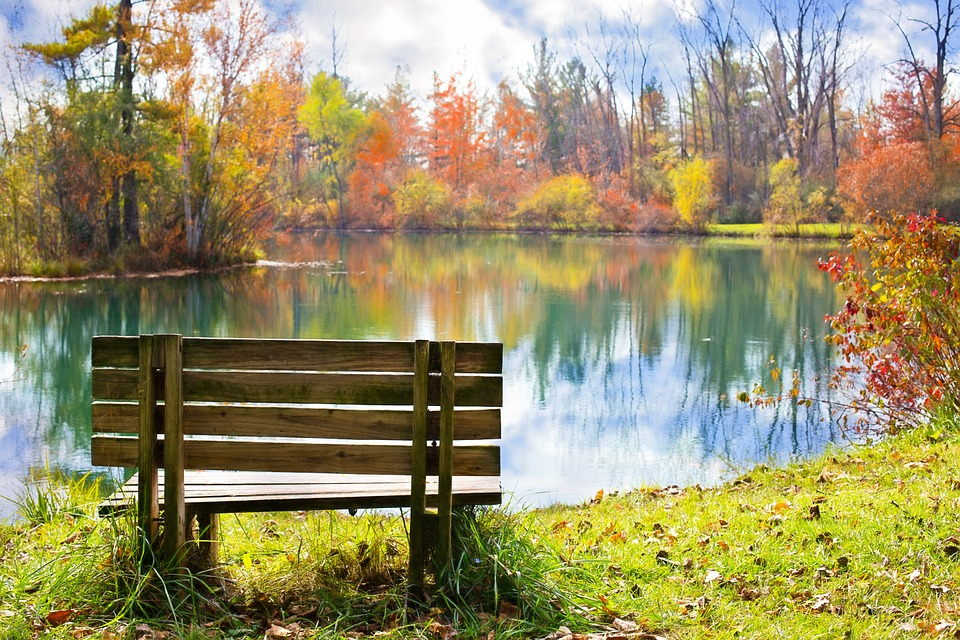 The leaves on the trees are gorgeous at this point in autumn, creating a landscape of bright yellow, red, and orange. Soon though, the leaf drop will be in full swing. Since stormwater ponds sit at a lower elevation than the surrounding land, leaves tend to end up in them.
The leaves on the trees are gorgeous at this point in autumn, creating a landscape of bright yellow, red, and orange. Soon though, the leaf drop will be in full swing. Since stormwater ponds sit at a lower elevation than the surrounding land, leaves tend to end up in them.
When an excessive amount of leaves are introduced into a stormwater system, they can create a variety of issues. The leaves can gather in inlet pipes, causing water to back up and not flow properly into the system. In addition, they may also clog the low-flow orifice and other points of drainage on the riser, leading to elevated water levels. Over time, bacteria and other microorganisms naturally break down leaves and debris into sediment that eventually will need to be dredged out of the pond. Having too many leaves in your pond may necessitate more frequent dredging.
So what can you do to help deter leaves from entering your pond? As a homeowner, you can do your part by raking and disposing of your leaves properly. Alternatively, you can mow over the leaves to break them down–they’re less likely to be blown around this way and can return some nutrients to your lawn without covering and killing the grass.
If you are an HOA manager, make sure your landscapers are not blowing leaves into storm drains or directly into your ponds. This is a common occurrence that introduces a significant amount of leaves to the stormwater system. Instead, the landscapers should be bagging and removing the leaves.
If you have an aeration system, consider keeping it running through the winter. As leaves break down, they release gasses that can crowd out oxygen molecules. This can decrease the overall oxygen level in the pond if there is a significant amount of leaves present. Keeping the aeration system running can combat this phenomenon.
For these and all your pond management concerns, contact us today!

